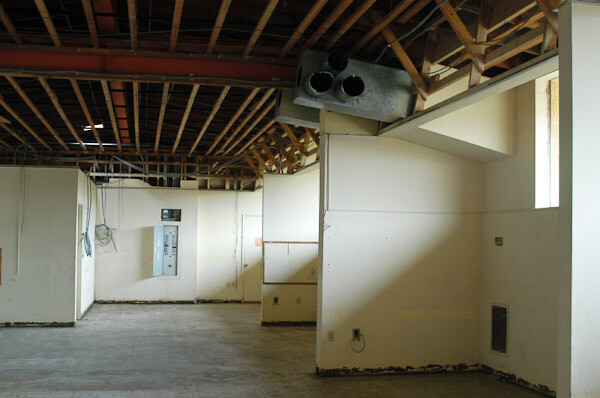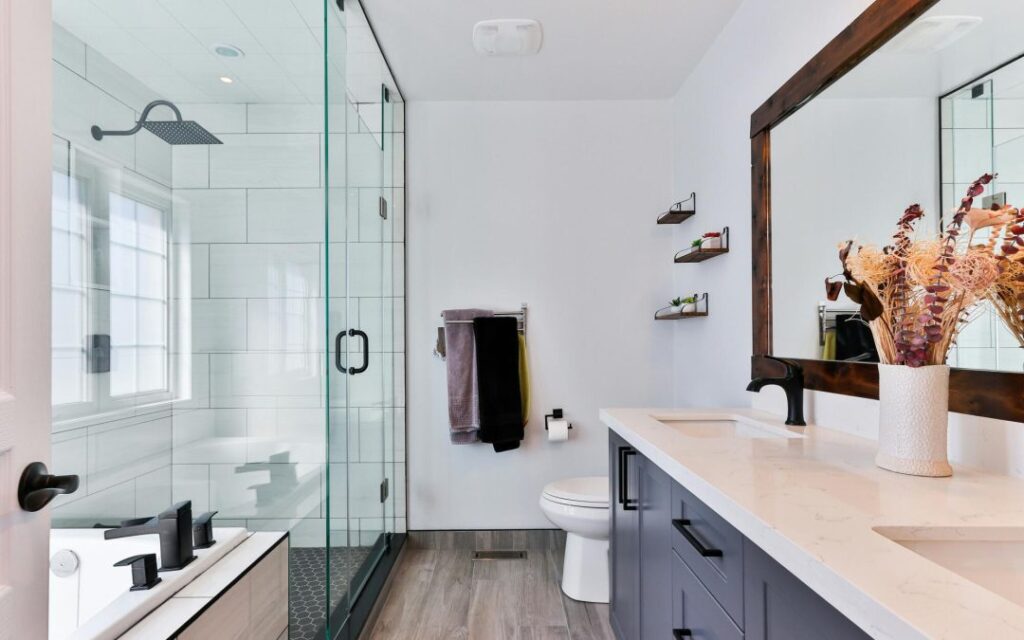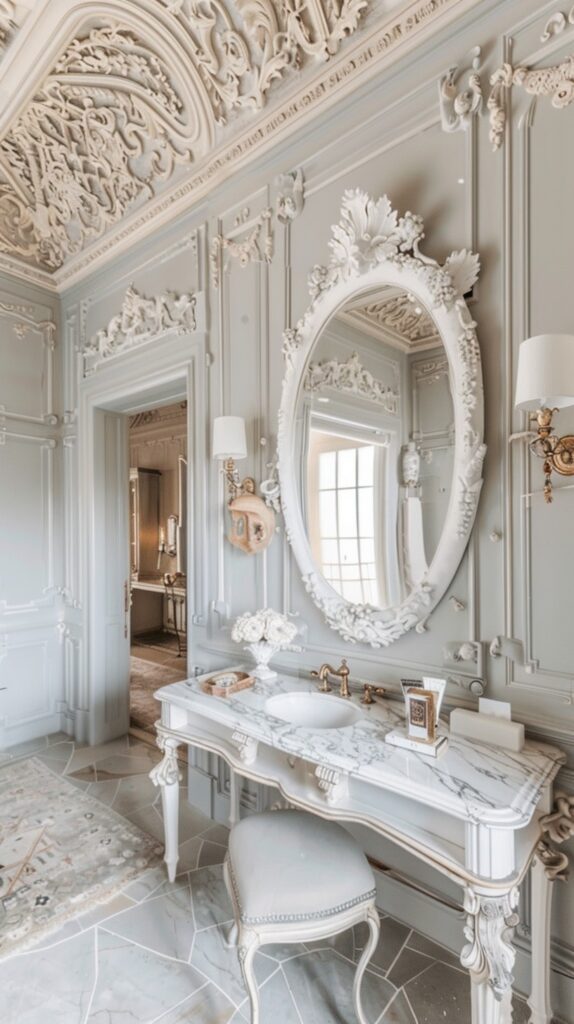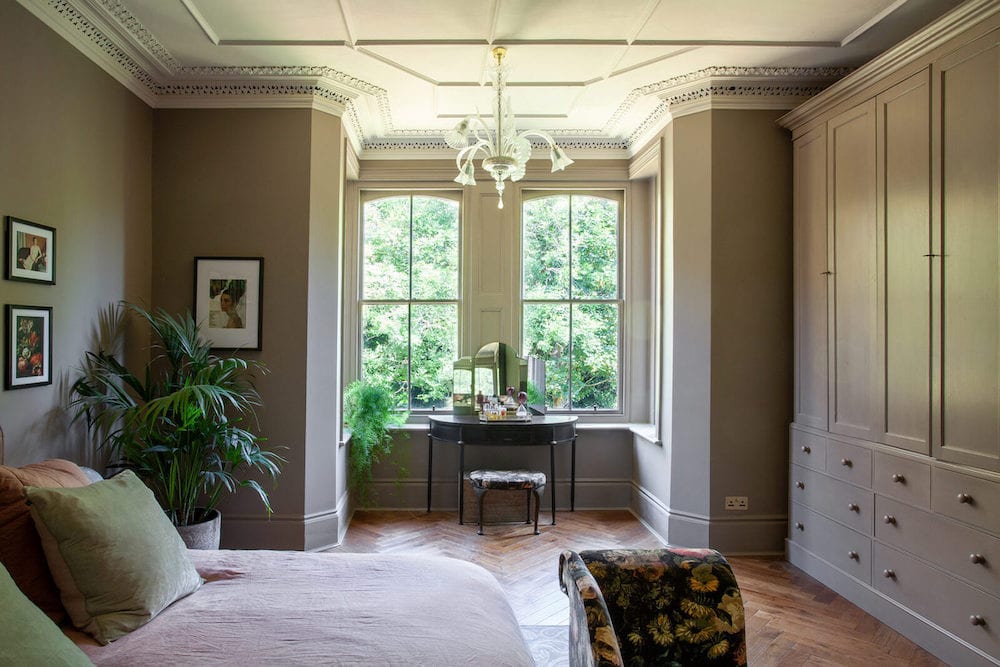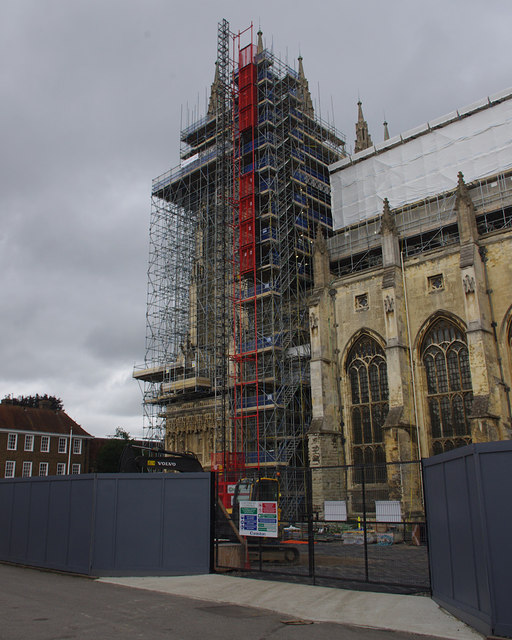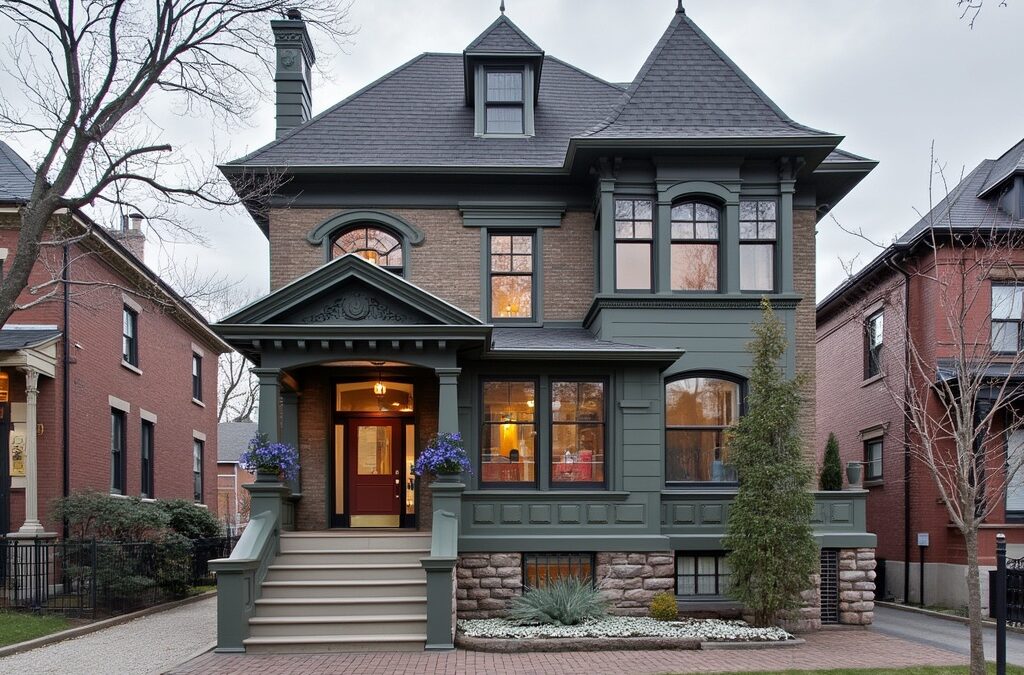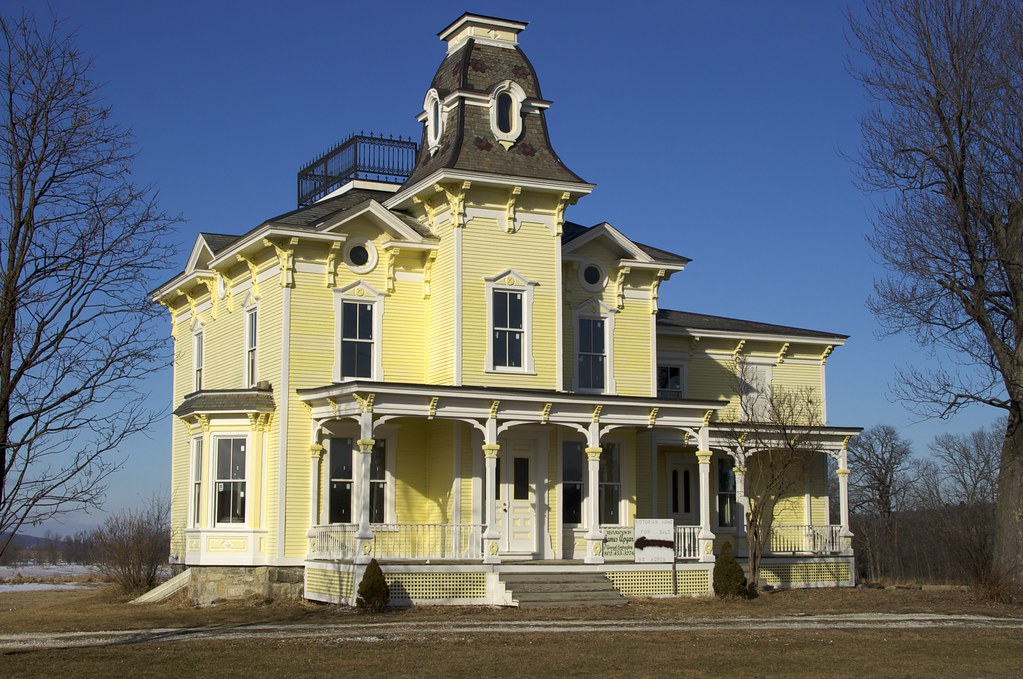How to Master the Art of Venetian Plaster: A Complete Course Guide for Kent Homeowners
Transform your walls into timeless works of art with our professional Venetian plaster course, where centuries-old techniques meet modern luxury. Introduction: The Timeless Appeal of Venetian Plaster Venetian plaster, or Stucco Veneziano, has graced the walls of Italy’s finest palaces since the Renaissance. Today, this luxurious wall finishing technique is experiencing a remarkable resurgence in Kent’s high-end properties, with demand increasing by 45% in 2024. The sophisticated, marble-like finish creates depth and movement that modern paints simply cannot replicate, making it a coveted choice for discerning homeowners seeking to elevate their interior spaces. Understanding Venetian Plaster Fundamentals Before embarking on your Venetian plaster journey, it’s essential to understand the basic components and techniques that form the foundation of this ancient art. The process involves applying multiple layers of lime-based plaster containing marble dust, creating a finish that can range from matte to high-gloss, depending on the technique used. Essential Materials: Lime-based plaster (Grassello di Calce) Marble dust aggregates Tinting pigments Protective sealants Basic Tools Required: Venetian plaster trowels Steel finishing trowels Sandpaper (various grits) Mixing equipment Professional Course Options in Kent and Beyond Kent offers several prestigious training opportunities for aspiring Venetian plaster artisans. Local courses range from weekend workshops to comprehensive certification programs, with prices varying from £550 to £1,200. Currently, 87% of participants choose intensive courses that combine theory with hands-on practice. Local Kent Workshops: Weekend introductory courses (£550) 5-day professional certification (£1,200) Evening masterclasses (£350) Regional Training Centres: London Advanced Plastering Academy Southeast Decorative Arts Institute Canterbury Craft College 2-Day Intensive Courses: Your Fast Track to Mastery The popular 2-day immersive courses offer a concentrated learning experience perfect for busy professionals. These programmes focus on essential techniques including Marmorino smooth, pitted and dragged travertine effects. Priced at £550, these courses include all materials and lunch, with upcoming dates in April and June 2025. Students benefit from instruction by master applicators trained in Italy, ensuring authentic technique transmission. Extended Learning Programs: 3-4 Day Masterclasses For those seeking comprehensive training, 3-4 day masterclasses provide in-depth knowledge and practical experience. These courses typically cost between £800-£1,000 and cover advanced techniques including metallic finishes and business development aspects. Recent statistics show that 92% of graduates successfully complete their first professional project within 3 months of course completion. Online Learning Alternatives Digital learning platforms have revolutionised Venetian plaster training, offering flexibility and convenience. Online courses provide lifetime access to video tutorials, covering everything from basic techniques to advanced finishes. Key Benefits: 24/7 access to learning materials Comprehensive starter kit included Step-by-step business guidance Online community support Course Components: Video tutorials Written guides Technical specifications Project assignments What You’ll Learn: Course Curriculum Deep Dive A comprehensive Venetian plaster course curriculum encompasses several key areas essential for mastery. Students progress through carefully structured modules, building skills systematically from foundation to advanced techniques. Core Curriculum Components: Surface preparation and assessment Material mixing and colour matching Application techniques for various finishes Troubleshooting common issues Investment and Value Proposition Investing in Venetian plaster training represents excellent value for money, with courses ranging from £550 to £1,200. Professional applicators typically charge £80-150 per square metre, making it possible to recover training costs within your first few projects. The potential return on investment is substantial, particularly in Kent’s luxury property market. Practical Considerations for Kent Homeowners Before embarking on your Venetian plaster journey, consider the practical aspects of implementing these skills. You’ll need a dedicated workspace of at least 15 square metres, proper ventilation, and storage for materials. Initial tool investment typically ranges from £200-£500, with ongoing material costs varying based on project scope. From Learning to Application: Next Steps After completing your course, the journey to mastery continues through practice and real-world application. Start with smaller projects to build confidence, gradually progressing to larger areas. Many successful graduates begin with feature walls before tackling entire rooms. Conclusion: Your Journey to Venetian Plaster Mastery Mastering Venetian plaster techniques opens doors to creating truly extraordinary interior spaces. Whether you choose an intensive workshop, extended masterclass, or online learning path, the skills you acquire will enable you to transform ordinary walls into works of art that stand the test of time. Professional Support and Resources Success in Venetian plastering extends beyond the initial training. Kent offers a robust network of suppliers, mentors, and continuing education opportunities. Local trade associations report that 78% of trained applicators maintain active membership in professional networks, ensuring ongoing support and access to the latest techniques and materials. FAQ How expensive is Venetian plastering? Average Investment For A Venetian Plaster Feature Wall Creating a signature wall with Venetian plaster typically costs between £2200 3500 + vat in the UK, with most homeowners investing around £150 – 250 per square metre for a professionally applied finish. What are the disadvantages of Venetian plaster? Some disadvantages of Venetian plaster include its high initial cost, the need for skilled application, and potential for imperfections. It’s also expensive to repair if damaged. Additionally, the application process can be time-consuming, and the plaster needs proper curing time before it can be sealed or polished. How much does a gallon of Venetian plaster cover? Coverage. 1KG Quart – covers approximately 20-25 sq ft for 3 coat application. 5KG Gallon – covers approximately 100-125 sq ft for 3 coat application. Is Venetian plaster in demand? Growing Demand in Residential Sector Homeowners are increasingly drawn to the unique textures and depth that Venetian plaster brings to their living spaces, creating an ambiance of sophistication and warmth. Sources [1] https://marmorinohighlands.com/products/academy-2-day-venetian-plaster-course-master-the-art-of-colour-and-texture-regular-price-550 [2] https://xtremepolishingsystems.com/pages/venetian-plaster-classes [3] https://stuccoitaliano.com/venetian-plaster-courses-italy/venetian-plaster-online-course/
How to Master the Art of Venetian Plaster: A Complete Course Guide for Kent Homeowners Read More »

